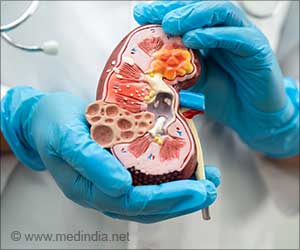A three-year study of more than 1,000 patients found that the risk of delayed bleeding and death following head trauma was significantly higher for adults taking popular blood-thinning medications.

‘Taking any blood thinner concurrently with aspirin significantly increased the risk of delayed hemorrhage, while taking one of the novel medications without aspirin significantly reduced the risk.’





High blood pressure, head injury, and the use of blood thinners are known causes of intracranial hemorrhage. As the population ages, the prevalence of patients taking blood thinners is increasing.“The incidence of delayed posttraumatic intracranial hemorrhage in patients on different types of blood thinners with and without the addition of aspirin is not well established,” said Warren Chang, M.D., neuroradiologist and director of research at the Imaging Institute of the Allegheny Health Network in Pennsylvania.
This is an active area of investigation, especially as novel blood thinners become more widely adopted.
In the retrospective analysis, researchers reviewed the records of all patients taking blood thinners who suffered head trauma and underwent CT imaging in the Allegheny Health Network between January 1, 2017, and January 1, 2020.
Patients were included in the study if initial CT imaging was negative for intracranial hemorrhage and repeat imaging was subsequently performed. The final study group of 1,046 patients included 547 women and 499 men with an average age of 77.5.
Advertisement
Overall, there was 1.91% incidence (20 patients) of delayed hemorrhage and 0.3% mortality rate (3 patients). All deaths in the study group were among patients in the warfarin/clopidogrel/older blood thinner group.
Advertisement
Among the five patients taking novel blood thinners who experienced a delayed hemorrhage, four were also taking aspirin.
Given the high volume of our trauma patients taking aspirin and anticoagulants, this study will help to guide our care of closed head injury patients in emergency medicine and support efforts to use imaging resources appropriately.
Based on the findings, researchers also recommend that follow-up CT for patients who had no initial intracranial hemorrhage from head trauma who are taking one of the older blood thinners, and for patients who take any blood thinner along with aspirin.
Unless there are external signs of trauma, follow-up CT is unnecessary for patients who only take one of the newer blood thinners and do not take aspirin.
This study also illustrates how innovative imaging can drive optimal patient care and will save many lives.
Source-Medindia











